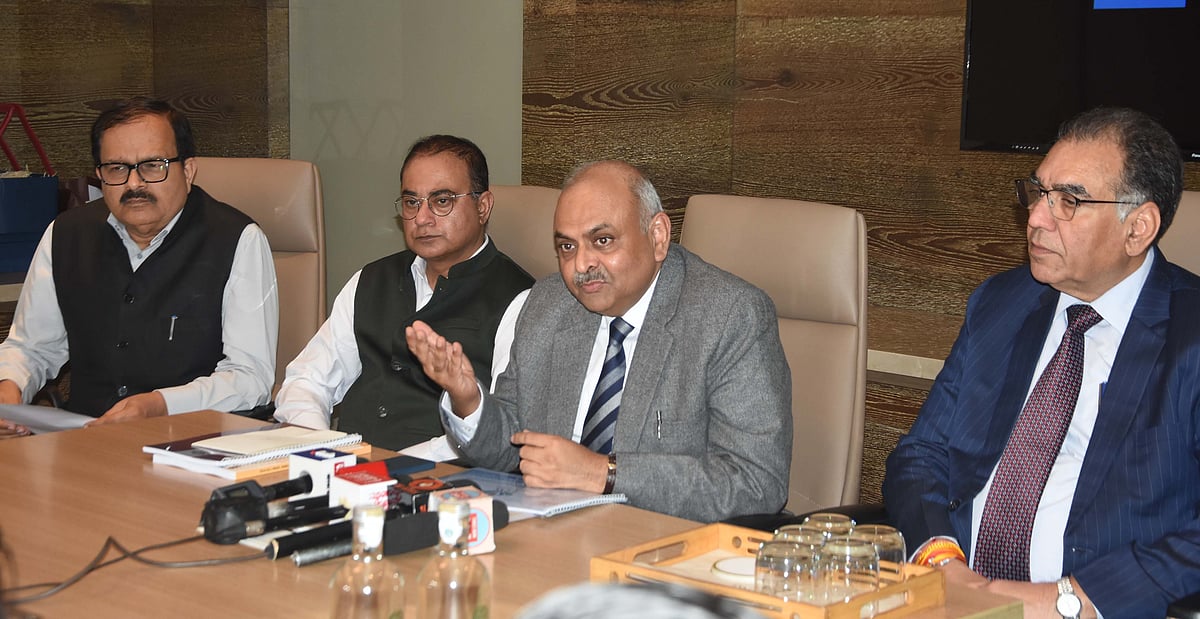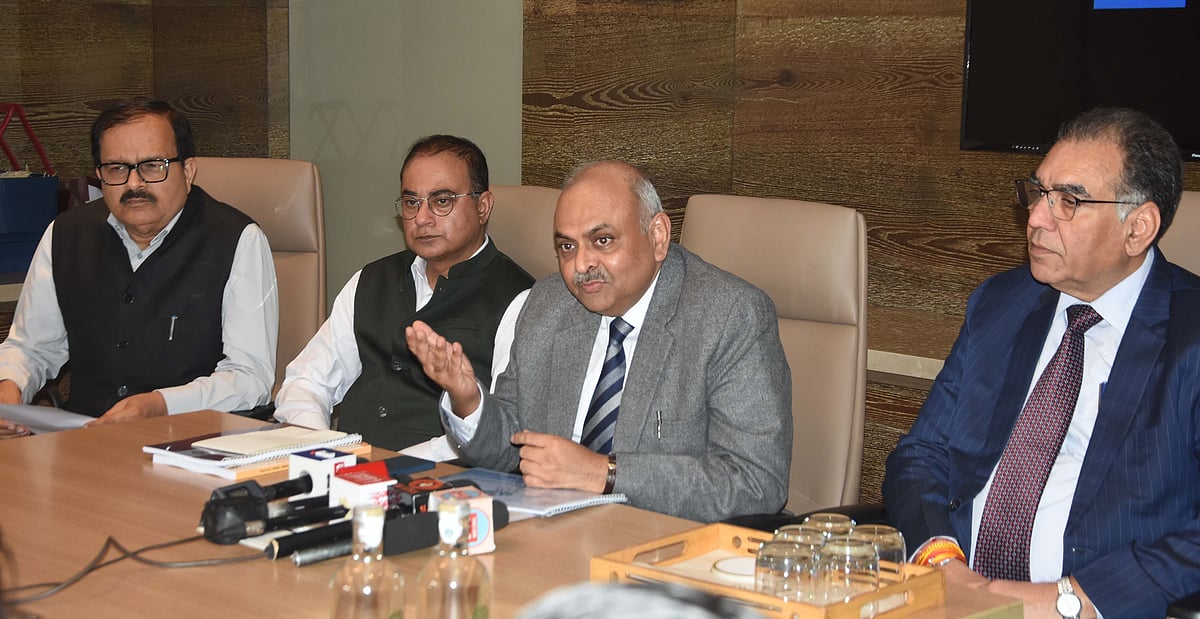Bhopal (Madhya Pradesh): The Central Board of Direct Taxes (CBDT) has transitioned from a manual system to a data-driven approach that leverages artificial intelligence to identify gaps in tax filing and compliance, Chairman Ravi Agrawal said. AI helps flag taxpayers whose returns or tax payments fall short, allowing authorities to follow up and convert data into revenue.
Speaking at the first day of the two-day 22nd All India TDS Conference 2025, Agrawal said the theme of the event is turning data into revenue with AI. Where discrepancies are detected, taxpayers are informed through electronic means, including email or public notices, giving them a chance to update income and pay the correct tax.
“If tax payment is insufficient, NUDGE (Non-Intrusive Usage of Data to Guide and Enable Taxpayers) is applied and cases scrutinised, with enforcement action taken if necessary,” he said.
Agrawal also highlighted the upcoming Income Tax Act 2025, set to be implemented from April 1, 2026. Written in simple language, it aims to improve compliance, strengthen capacity buildingand ultimately increase tax collection to support the country’s economy. Gross collection growth is pegged at 7% nationally, with Madhya Pradesh reporting 6.99%.
Day one of the conference focused on Tax Deducted at Source (TDS). With 23 lakh deductors nationwide contributing 51–52% of tax revenue, officials discussed TDS issues in detail. Pankaj Kumar Mishra (TPS and Revenue) said the conference aims to strengthen engagement between the board and field officers. He said compliance lapses among deductors, particularly under section 192 (Salary TDS), and urged robust outreach to autonomous bodies, public sector undertakings, and state departments.










